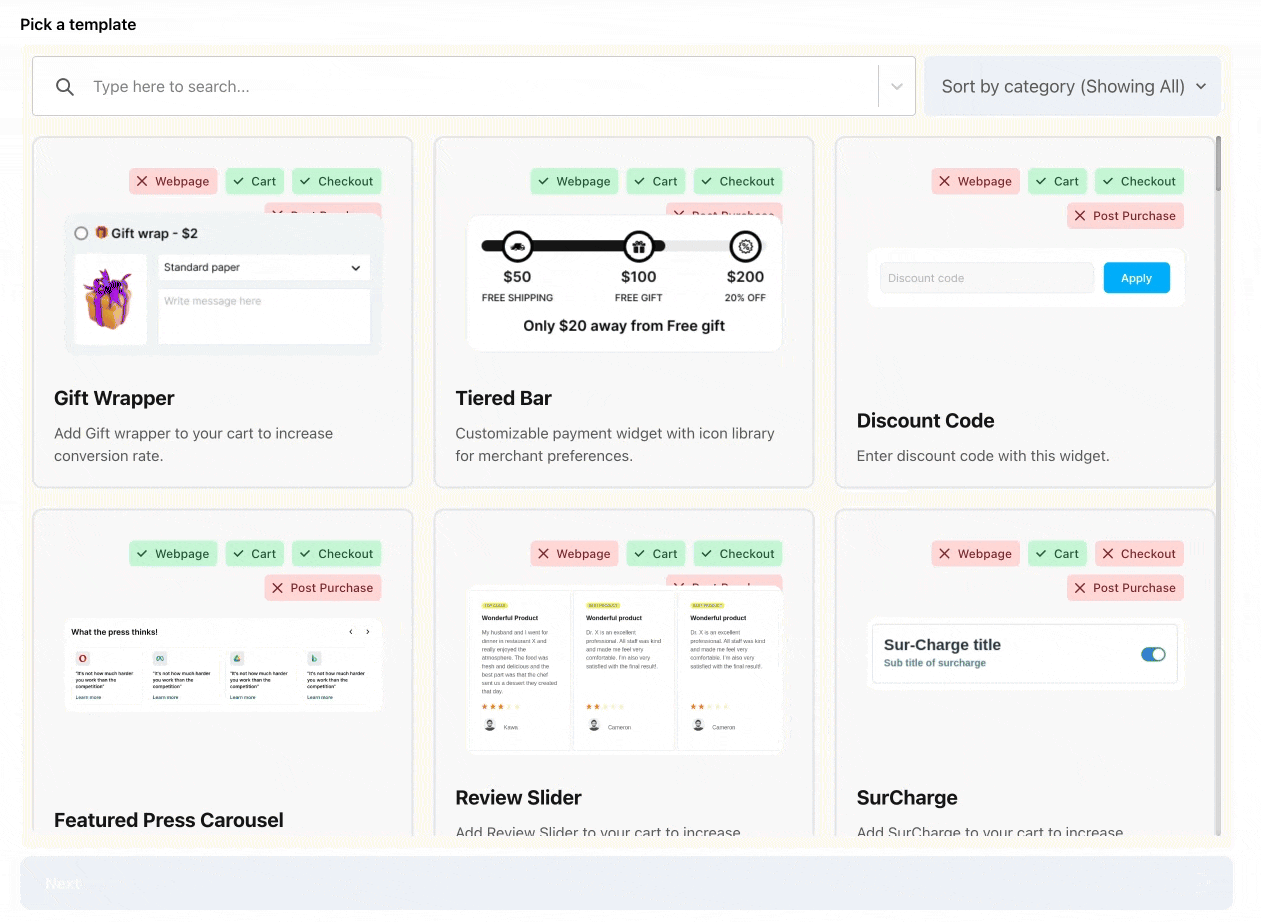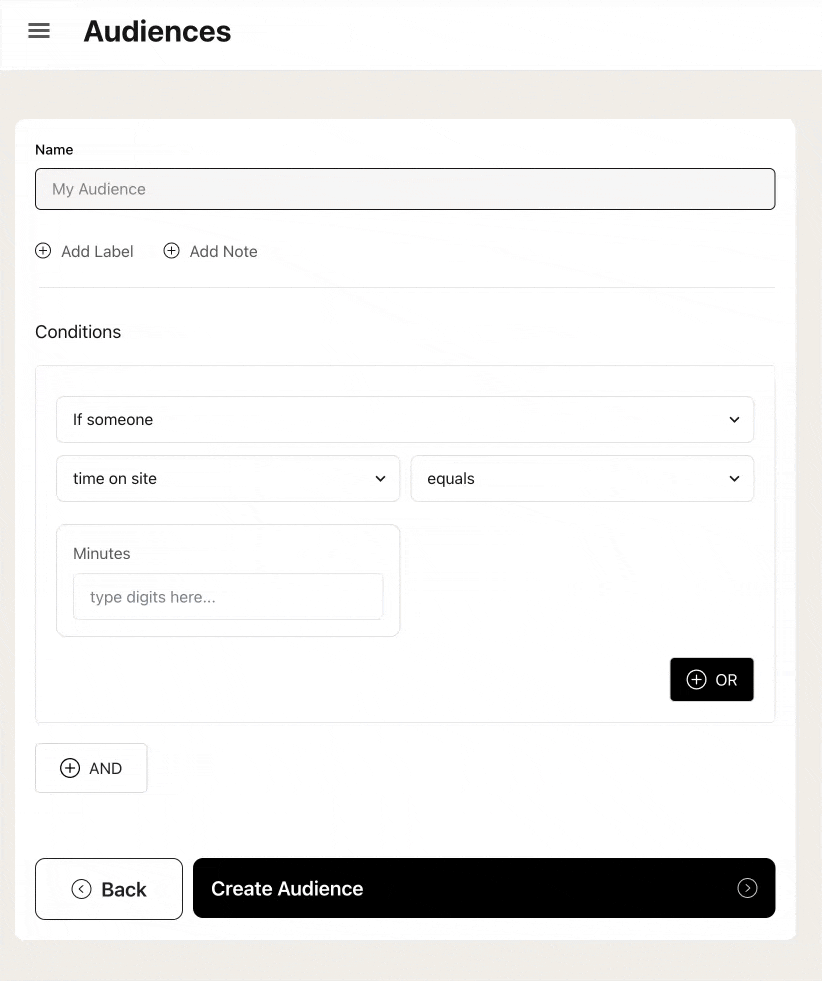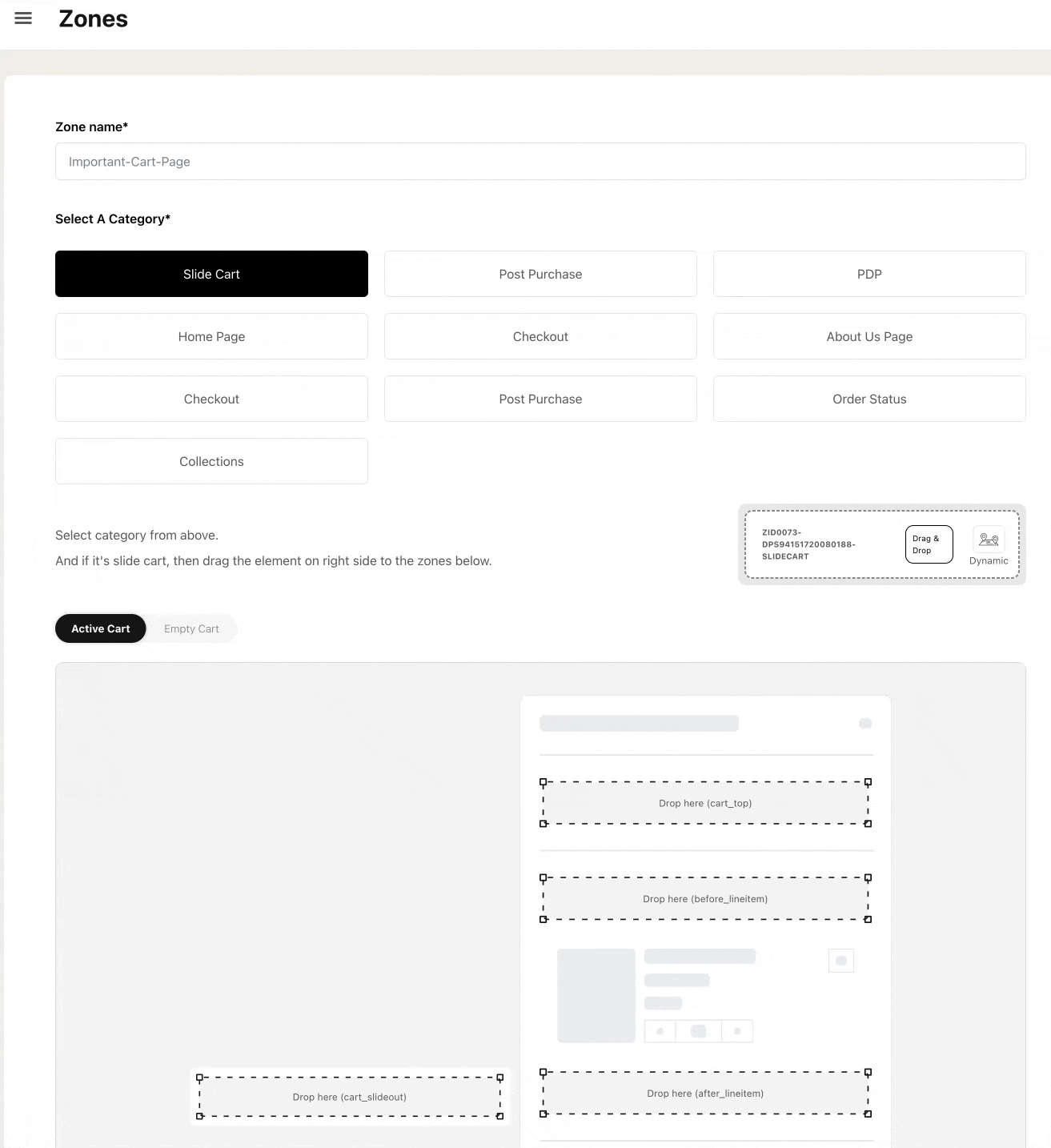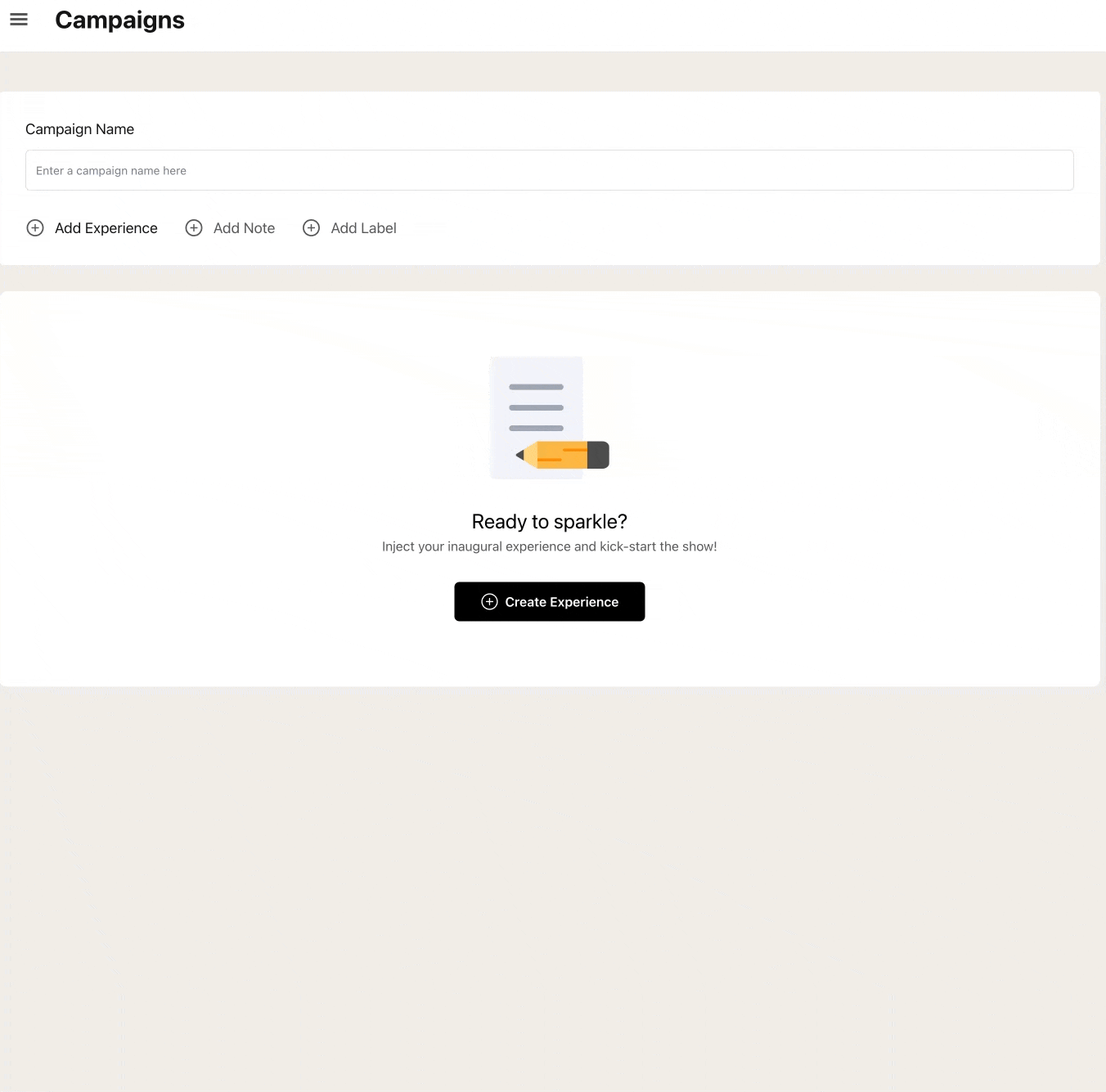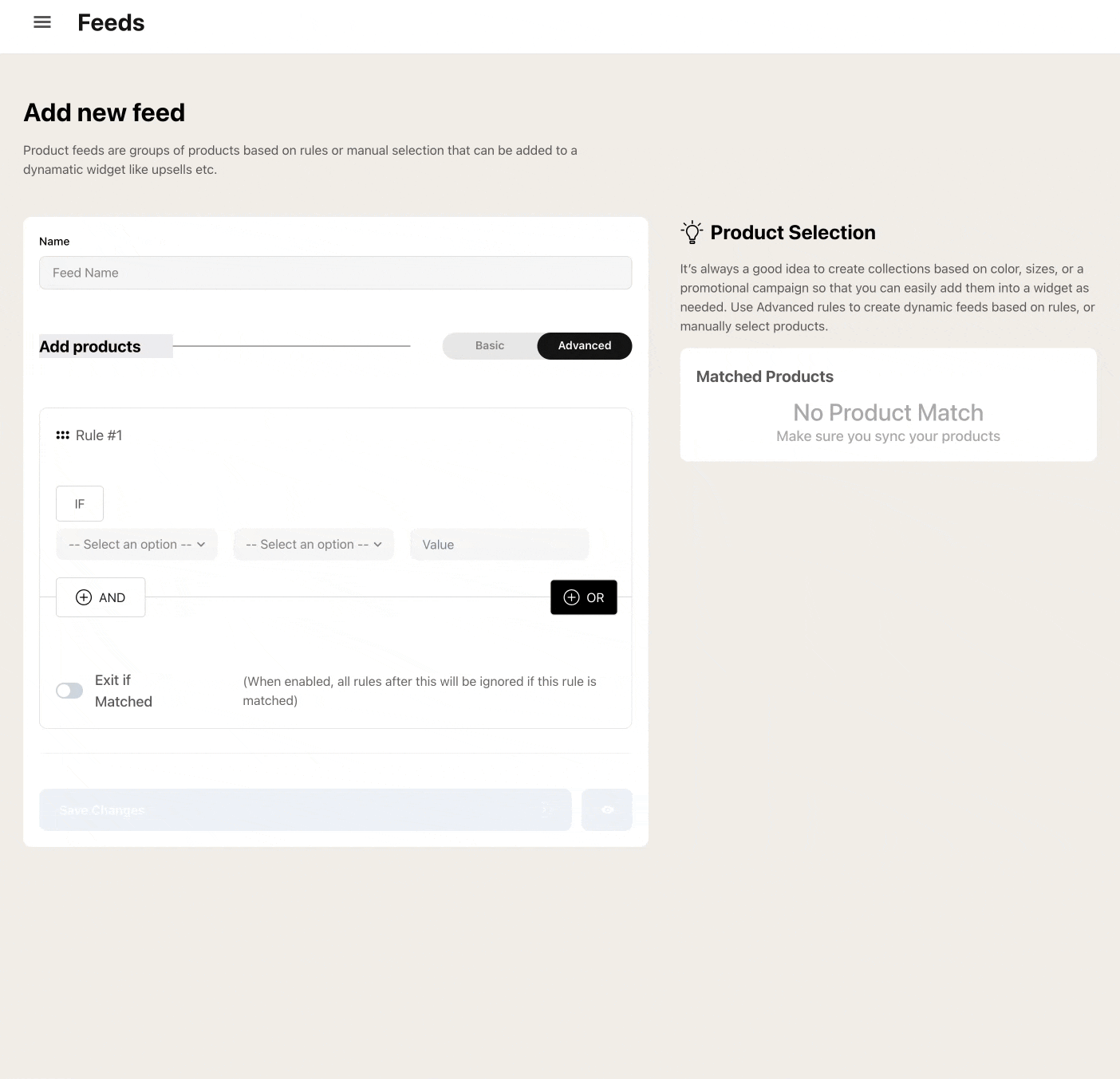What is the Dynamatic App?
The short answer is this: Shopify merchants rely on too many apps that don't communicate with each other, slowing down sites and creating a chaotic management experience. Dynamatic is designed to change that by consolidating critical e-commerce functionality into a single, powerful app without compromising flexibility or performance.
The Problem
The Shopify app ecosystem is oversaturated, forcing the average merchant to install 20-50 separate apps to cover basic needs like upsells, pop-ups, and post-purchase offers. This creates two major issues:
-
Site Performance and Conflicts: Most apps do not work together, leading to tremendous site slowdown and frequent code conflicts.
-
Management Burden: Running a simple promotion becomes a mission, requiring you to jump between multiple platforms and constantly manage app settings.
The Dynamatic Solution
The Dynamatic App is the result of thousands of hours spent gathering feedback from hundreds of e-commerce founders and marketers. We consolidated the most critical daily needs—from running promotions to merchandising—into one unified platform.
We packed everything into a system where each and every piece of functionality is built as a highly versatile Widget. You can deploy these Widgets across your entire store for unlimited use cases, including upsell carousels, post-purchase offers, trust badges, and free shipping bars.
Understanding the App Structure
To give you maximum flexibility and control, we modeled the Dynamatic platform after familiar ad platforms, such as Facebook Ads. If you've run ad campaigns before, this structure will feel intuitive:
| Dynamatic Component | Function | Analogy (e.g., Facebook Ads) |
| Widgets | The piece of content or functionality you want to display. | Ads or Creative |
| Audiences | The segment of customers who should see a widget. | Ad Targeting |
| Campaigns/Experiences | The structure that controls display, scheduling, and overall strategy. | Campaigns/Ad Sets |
| Placements | Where the widget should be displayed on the storefront. | Placements |
This structure ensures you have granular control over what is shown, who sees it, and where it appears.
Below is each of the central parts of the app briefly described and illustrated. Simply uncollapse each section to see additional explanations for each section!
Widgets = Ads: How Widgets Work
In Dynamatic, Widgets are the core functional element of the platform—think of them as your ad creatives. They are customizable pieces of content or functionality designed to be displayed to customers at specific times and places on your store.
Widgets live in the dedicated Widgets tab and come in many forms:
-
Display: Carousels, Banners, and specific Theme Sections.
-
Functionality: Trust Badges, Post-purchase upsell offers (like the Single Variant Selector), and custom check-boxes.
Flexible Placement
You can deploy your Widgets across nearly every section of your store, including:
-
The customizable slide cart drawer.
-
Product, Collection, and Home pages.
-
Shopify Checkout (for Shopify Plus merchants).
-
Customer accounts and order status/thank you pages.
Unlimited Variations
Just like running multiple ad creatives on a single ad set, you can create and manage numerous Widgets simultaneously. You can have multiple versions of the exact same widget type (e.g., three different Upsell Carousels) and target each one to a different campaign or audience for optimization and AB testing.
Audiences = Ad Targeting: What are Dynamic Audiences?
Audiences are a critical component of the Dynamatic platform, as they determine who should see a specific widget. Much like ad targeting, this feature lets you create reusable segments of site visitors based on extensive data sets for use across all your campaigns.
Defining Your Segments
You can define an Audience using nearly any data point available, ensuring your targeting is precise and effective:
-
Customer Actions: Segment visitors based on the actions they have taken on your store, such as product viewed, product added to cart, abandoned cart, or started checkout.
-
Customer Attributes: Segment customers based on their characteristics, including their Geo-location, Browser, Language, Country, or history (like Customer Lifetime Total Spent).
Personalization and Control
The power of Dynamatic lies in its ability to display different widgets to different audiences simultaneously. This level of control allows you to personalize the entire customer journey:
-
New Customer: Display more Trust Badges and reviews to build confidence.
-
Repeat Customer: Display more aggressive upsells and exclusive offers tailored to their purchase history.
Use Case Example: Language-Based Merchandising
A merchant selling apparel wanted to ensure French-speaking customers in Canada easily discovered relevant French-themed merchandise. They created two distinct Audiences: "English Browsers" and "French Browsers." They then assigned different carousel Widgets to each audience, allowing French-language apparel to be prominently displayed only to customers who matched the "French Browsers" segment on the same product page. This personalization boosted discoverability without manual translation or site duplication.
By mastering Dynamic Audiences, you move beyond generic marketing and start serving hyper-relevant content to every customer.
Placements = Placements (Zones)
The Placements section defines where your widgets appear on your storefront. Following the familiar ad platform model, Placements allow you to control the exact location, much like choosing between a Facebook Newsfeed or Instagram Story placement.
Understanding Zones
The actual placement location is called a Zone. A Zone is a placeholder on your store that can host multiple widgets. The ultimate display of any widget within a Zone is controlled entirely by the Campaign/Experience and the Audience targeting.
-
No Widget Loads If: No active campaign is targeting that Zone, or the site visitor does not match the campaign's defined audience.
Utilizing Theme Extensions
Dynamatic utilizes Theme Extensions to integrate Zones across virtually every page of your store (excluding our internal Slide Cart Drawer).
-
Creation: You create a Zone in the Dynamatic dashboard and assign it a friendly name.
-
Integration: We provide you with a Zone ID, which is then used in your Shopify theme editor. You drag and drop the Zone block exactly where you want the content to appear on the page.
-
Connection: Once saved in the theme editor, a relationship is established between that specific location on your theme and Dynamatic. Anything you assign to that Zone will subsequently display there, granting you maximum control over widget placement.
You can create and deploy as many Zones as your strategy requires across your entire store.
Campaigns & Experiences = Campaigns & Ad Sets
Campaigns are the final, essential step in the Dynamatic workflow. They are the engine that puts your prepared assets (Widgets, Audiences, and Placements) into action on your storefront. Simply creating a Widget or an Audience doesn't make it visible—only an active Campaign can deploy them.
The Campaign Structure
A Campaign acts as a high-level folder that contains one or more Experiences (our equivalent of an Ad Set).
Every Experience connects the three core elements:
-
1x Audience: Defines who will see the content.
-
1x Placement (Zone): Defines where the content will appear.
-
Multiple Widgets: The actual content or functionality to be displayed at that time.
Control and Flexibility
Campaigns grant you complete control over when and how your content is displayed:
-
Evergreen Content: Use a primary Campaign to group and constantly display essential elements like your free shipping bar, trust badges, or frequently bought item carousels in your cart. You would map each of these to a different Zone (e.g., Top of Cart, Below Checkout Button).
-
Scheduled Promotions: For temporary events, like a Black Friday sale, you can schedule a new Experience to automatically turn on and shut off on specific dates. For example, you can assign a promotional banner Widget to a new Holiday Cart Placement and schedule it to run for two weeks only.
-
Optimization: You can have multiple Experiences running within a single Campaign, allowing you to easily AB test different Widgets, Audiences, or offers against each other.
In short, Campaigns and Experiences are the critical process of connecting your entire dynamic strategy and controlling when your audience sees your content.
Feeds = Product Sets
Feeds are the dedicated product sources for any widget that needs to display specific items (such as a carousel, list, single upsell, or post-purchase offer). They function much like Product Sets in advertising platforms, allowing you to designate exactly which products should appear in a given widget.
Creating and Defining Feeds
Feeds give you complete control over your merchandising by offering two primary creation methods:
-
Manual Selection: Hand-picking individual items to include in the Feed.
-
Rules Logic: Using the powerful Rules Feed system to group products based on precise criteria.
You can build complex, automated product groupings using data points across your catalog, including product title, cost, price, inventory levels, product tags, and collections.
Example of Rules-Based Filtering:
You can create a single Feed with this logic:
All items with Tag: Sale AND item is in collection "Skirts" AND NOT in collection "New Items".
This Feed automatically groups all skirts that are on sale but excludes any newly arrived inventory. Once created, you can select this filtered group of products in any widget—whether it's an upsell carousel, list, or a single post-purchase offer.
That covers the essential foundation of the Dynamatic platform structure.
We recognize it's impossible to detail every widget and specific function in one document, but our goal here was to establish the core concepts: Widgets, Feeds, Audiences, Placements, and Campaigns. You'll find the platform becomes quite intuitive once you begin connecting these dots.
Next Steps and Support
To dive deeper, we offer comprehensive video tutorials and detailed documentation on every part of the app.
If you ever get stuck, our dedicated support team is ready to assist you. Simply click the live chat button located in the bottom right corner of any page in the Dynamatic app to connect with us immediately.


